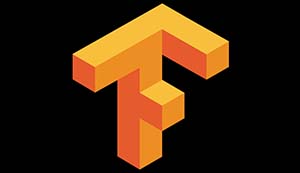Google’s TensorFlow Alone Will Not Revolutionize AI
2. 12. 2015 | Wired | www.wired.com
Google released its open sourced TensorFlow, an elegant and powerful artificial intelligence engine. Google uses this machine learning software internally to add capabilities like speech recognition and object detection to its products.
Now, it’s available for everyone to use. What will this mean for the design of artificial intelligence systems? As wonderful as TensorFlow is, it may accelerate the design of AI systems that are hard to understand and hard to communicate with. It may focus our attention on experimenting with mathematical tricks, rather than on understanding human thought processes.

TensorFlow is aimed at the development of machine learning systems that require heavy numerical computation, like artificial neural networks (ANNs). The trouble with these systems is that they consist of millions of numbers—too many for people to sift through and make sense of.
Suppose we train an ANN to recognize cats. When it recognizes a previously unseen cat in an image, it can’t explain to us why or how it did this. And if the ANN fails to recognize a spotted cat, it’s hard for us to fix the problem. We’ll either ignore the error, retrain the ANN with better cat data, or modify the training algorithm. These are blunt tools, because they don’t operate in the domain of interest, namely cats. Rather, they operate in the domain of ANNs. It would be better if we could simply tell the system that cats can be spotted.
AI systems are going to be increasingly involved in our lives, as we turn to them more and more for important decision-making tasks. When AI systems make bad decisions (as they’ve done before, and inevitably will again), we need to be able to understand why they made those decisions and communicate with them to fix the problem.
Read more at Wired
Image Credit: Google
-jk-




